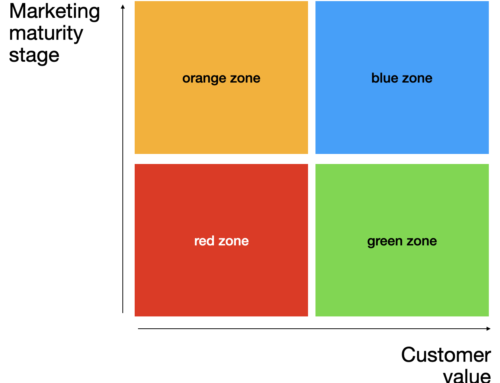With CRM as the great promise in the 90s, Single Customer View (SCV) is the great promise of this decade.
Whilst many businesses have claimed success in pulling all data sources together, very few have actually achieved a valuable marketing solution with all the mass of data.
SCV is like a body without a brain.
By definition it’s a repository for data. However the smarts is actually mining the data for meaningful trends and insights, and then creating implementable marketing plans to utilise this information.
Typically this starts with a customer led segmentation which can be rolled out as a proof of concept with simple A/B tests to prove that your marketing communications is working more effectively against specific segments or clusters.
I met a client recently who is looking at a SCV solution, however didn’t have a strategy for the data. They had also failed to set any meaningful objectives nor identify any ownership or governance structures. As you can imagine a road to nowhere (except a high cost technology bill).
So here are 5 tips if you hear the TLA* SCV being thrown around:
- Ask what success looks like. If the project started in your IT division, then make sure technology isn’t leading the way. Ensure a clear end state has been agreed in terms of delivering value to customers and in turn driving incremental value to your business
- Check whether the data is privacy compliant and whether it can be utilised for marketing purposes. If not, then it may allow great dashboards to be built, but will be pretty meaningless in helping determine implementable marketing strategies
- Do you need a SCV database or Data Management Platform (DMP)? Be aware of the differences. Many new players over the last few years are pushing DMP’s as a SCV solution. They may be great at aggregating data sources and integrating with ad exchanges if you’re a publisher, but DMPs aren’t necessarily the right solution for most businesses.
- Check out cloud solutions versus stand alone licence fee arrangements. High cost licence fees (eg: Microsoft, IBM) are being overrun by more agile and lower cost cloud solutions such as Amazon’s Redshift and others.
- Be clear on your strategic pathway. Set a clear pathway to help your business move through data-driven maturity stages. Plus create a customer-led strategy for communications testing. This will all involve realigning resource structures, establishing new processes, good governance, and the clear prioritisation and mapping of data sources to determine customer value and loyalty/engagement measures.
If you would like to discuss further and dive a little deeper into any of the above 5, then drop me a line.
*TLA is three letter acronym







Leave A Comment